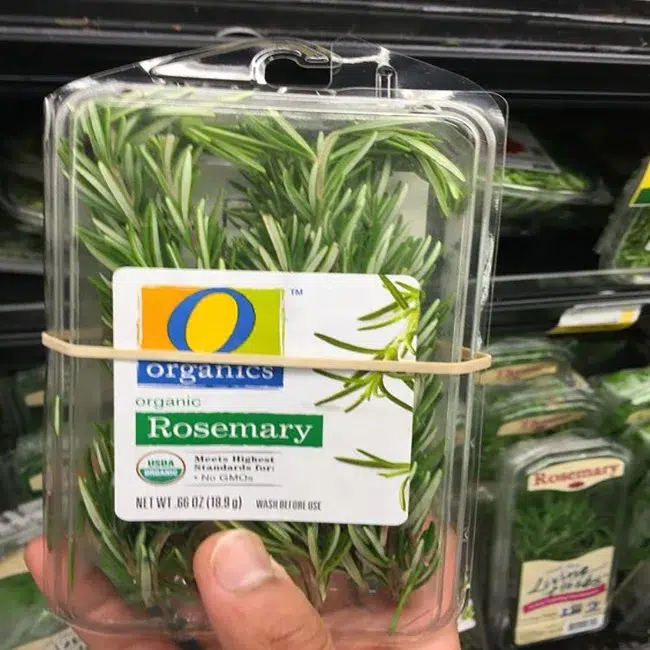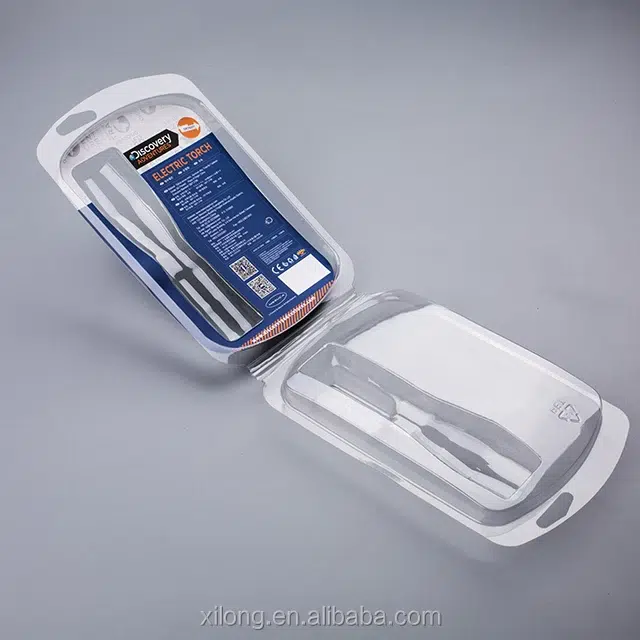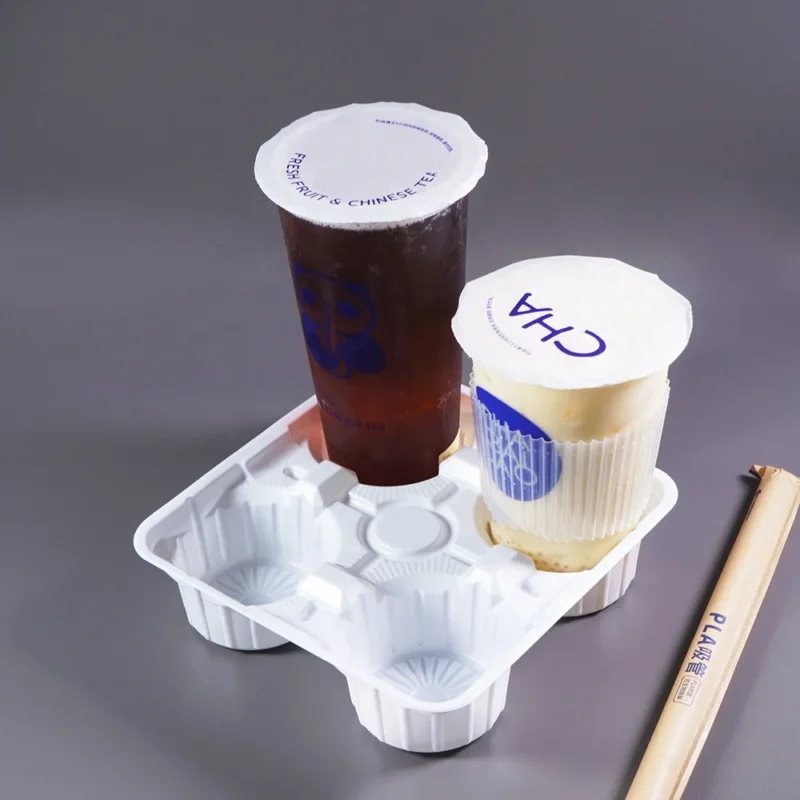What is Clamshell Packaging?
The Ultimate Guide for Retail & Food Applications
Clamshell packaging is one of the most recognizable and versatile packaging solutions in the world. Named for its hinged design that resembles its oceanic namesake, this style of container is a cornerstone of modern retail, food service, and product protection.
This comprehensive guide will break down everything you need to know about clamshell packaging, from its core structure and materials to its pros, cons, and ideal applications, helping you decide if it’s the right choice for your products.
What Exactly is Clamshell Packaging?
Clamshell packaging is a type of carded packaging consisting of two hinged halves that are sealed together on one or more sides. Typically made from plastic, these containers are designed to fully enclose a product, providing 360-degree visibility and robust security.
Key Characteristics:
Hinged Design: The two halves are connected, allowing the package to open and close like a book.
Secure Sealing: They are sealed using heat, ultrasonic welding, or adhesive, creating a tamper-evident barrier.
Self-Contained: Unlike blister packs (a plastic cavity on a card), clamshells are typically all-plastic and self-contained.
Clamshell Packaging vs. Blister Packs: A Quick Comparison
While both are "carded" packaging, they serve different purposes:
Feature Clamshell Packaging Blister Packaging Structure Two hinged plastic halves One plastic cavity sealed to a flat cardboard backing Product Access Reopenable (often) Single-use, tamper-evident Best For Bulkier items, food, electronics Small, flat items like pills, batteries, small accessories Primary Advantage Superior security and 3D product visibility Cost-effective for small, lightweight goods
Top 5 Advantages of Clamshell Packaging
Businesses choose clamshell packaging for a powerful combination of benefits:
Maximum Product Visibility: The crystal-clear plastic allows customers to inspect the product from all angles, which builds trust and can drive impulse purchases.
Excellent Product Protection: The rigid plastic construction shields contents from impact, crushing, dust, and moisture during shipping and handling.
Enhanced Security & Tamper Evidence: The secure seal makes any interference obvious, which is crucial for consumer safety and retail loss prevention.
Strong Branding Potential: The large, flat surfaces act as a mini-billboard for high-quality printing, logos, and product information.
Cost-Effectiveness & Efficiency: For high-volume production, clamshells are an economical choice. Their uniform shape also makes them easy to stack and store, optimizing logistics.
Common Applications: Where You'll Find Clamshells
Clamshells are incredibly versatile and are used across numerous industries:
Food Industry: Fresh produce (berries, salads), baked goods, sandwiches, cookies, and grab-and-go meals.
Consumer Electronics: Smartphones, headphones, cables, and accessories—providing security while showcasing the product.
Hardware & Retail: Small tools, nails, screws, light bulbs, and toys, keeping all components organized and secure.
Pharmaceuticals: Over-the-counter medications and medical devices where tamper-evidence is critical.
Understanding Clamshell Materials: A Breakdown
Selecting the right material is crucial for performance and sustainability. Here are the most common options:
PET (Polyethylene Terephthalate): Offers excellent clarity and stiffness. It’s widely recycled and a popular choice for food packaging (fruits, bakery items). PETG is a glycol-modified variant with enhanced clarity and toughness.
rPET (Recycled PET): Made from post-consumer recycled content, this is a leading choice for brands with strong sustainability goals.
PP (Polypropylene): Known for its high chemical resistance and durability. It has a high melting point, making it an excellent choice for microwaveable meals.
HDPE (High-Density Polyethylene): A strong, impact-resistant plastic approved for food contact. It can withstand temperature extremes, often going from freezer to microwave.
PVC (Polyvinyl Chloride): Offers high clarity and is cost-effective. However, environmental concerns and recycling challenges have reduced its popularity.
PLA (Polylactic Acid): A bioplastic made from renewable resources like corn starch. It is compostable only in industrial facilities and requires separate recycling streams.
Pros and Cons: Is Clamshell Packaging Right for You?
Pros:
Lightweight and economical at scale
Resealable for many designs
Easy to source and customize
Provides excellent product visibility and protection
Cons:
Not suitable for liquids
Can be difficult for consumers to open
Recycling challenges depend heavily on the material and local facilities
Conclusion: Making the Strategic Choice
Clamshell packaging is far more than just a container; it's a strategic tool that merges robust protection with powerful in-store marketing.
Choose clamshell packaging if:
Your product benefits from full visual presentation.
You need high security and tamper evidence.
Your items require protection from physical damage.
You are packaging dry or solid food, electronics, or hardware items.
Consider alternatives if:
Your product is liquid-based.
You require a premium, luxury unboxing experience.
Your primary concern is minimizing plastic use without a clear recycling path.




